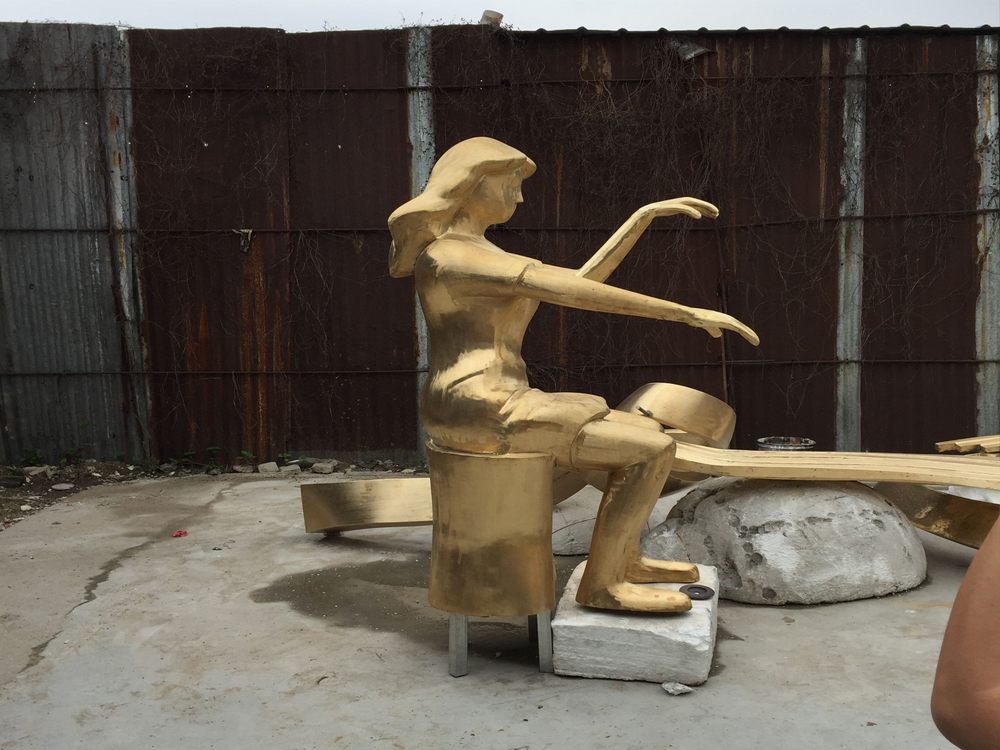
Stone sculptures have long been integral to architectural design, serving as both artistic expressions and functional elements within built environments. Their interaction with architectural surroundings is multifaceted, blending aesthetics, symbolism, and cultural narratives.
Historically, stone sculptures were used to adorn temples, cathedrals, and public buildings, often depicting deities, historical figures, or allegorical themes. These sculptures not only enhanced visual appeal but also reinforced the architectural purpose, such as conveying religious devotion or political power. For example, Gothic cathedrals feature intricate stone carvings that complement their towering spires, creating a cohesive spiritual atmosphere.
In modern architecture, stone sculptures continue to play a vital role, though their integration has evolved. Contemporary designs often use abstract or minimalist sculptures to contrast or harmonize with sleek, geometric structures. Public plazas and urban spaces frequently incorporate stone artworks to engage viewers and soften rigid architectural lines.
The materiality of stone also influences this interaction. Its durability and texture allow sculptures to withstand environmental elements while adding tactile richness to buildings. Whether as ornamental reliefs, freestanding installations, or structural supports, stone sculptures bridge the gap between art and architecture, enriching spaces with timeless beauty and cultural depth.
Ultimately, the relationship between stone sculptures and their architectural surroundings is a dialogue of form, function, and meaning—one that continues to inspire designers and captivate audiences worldwide.

